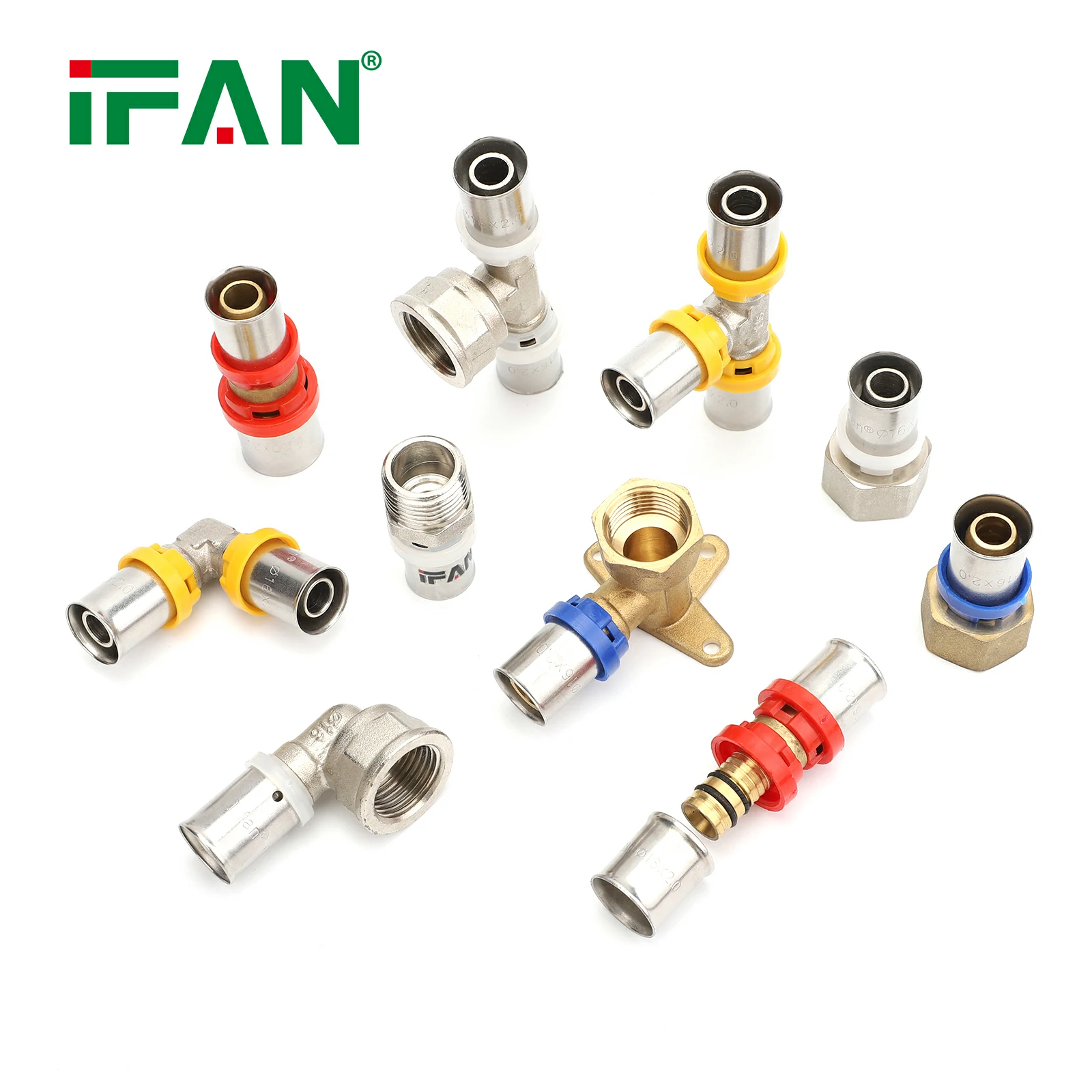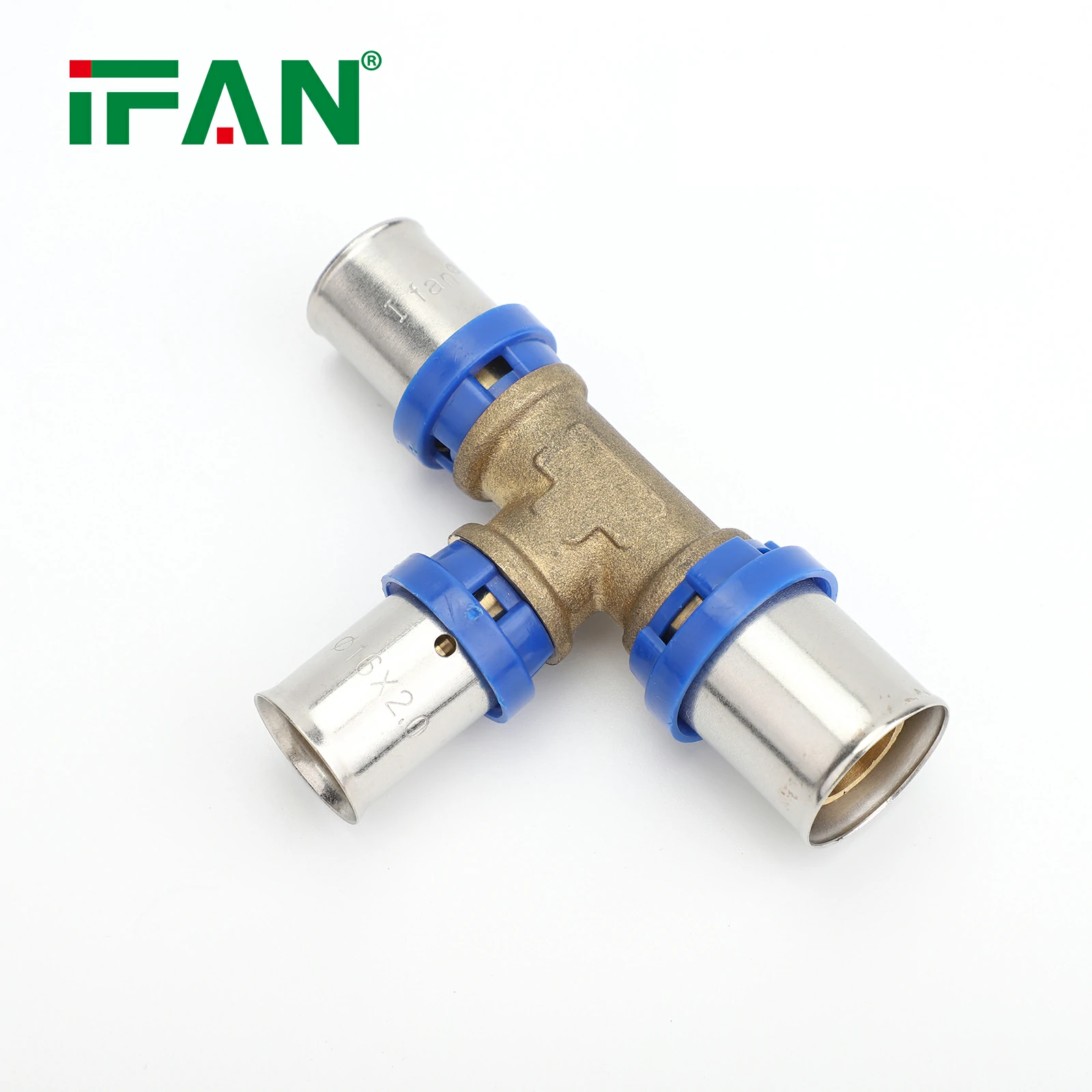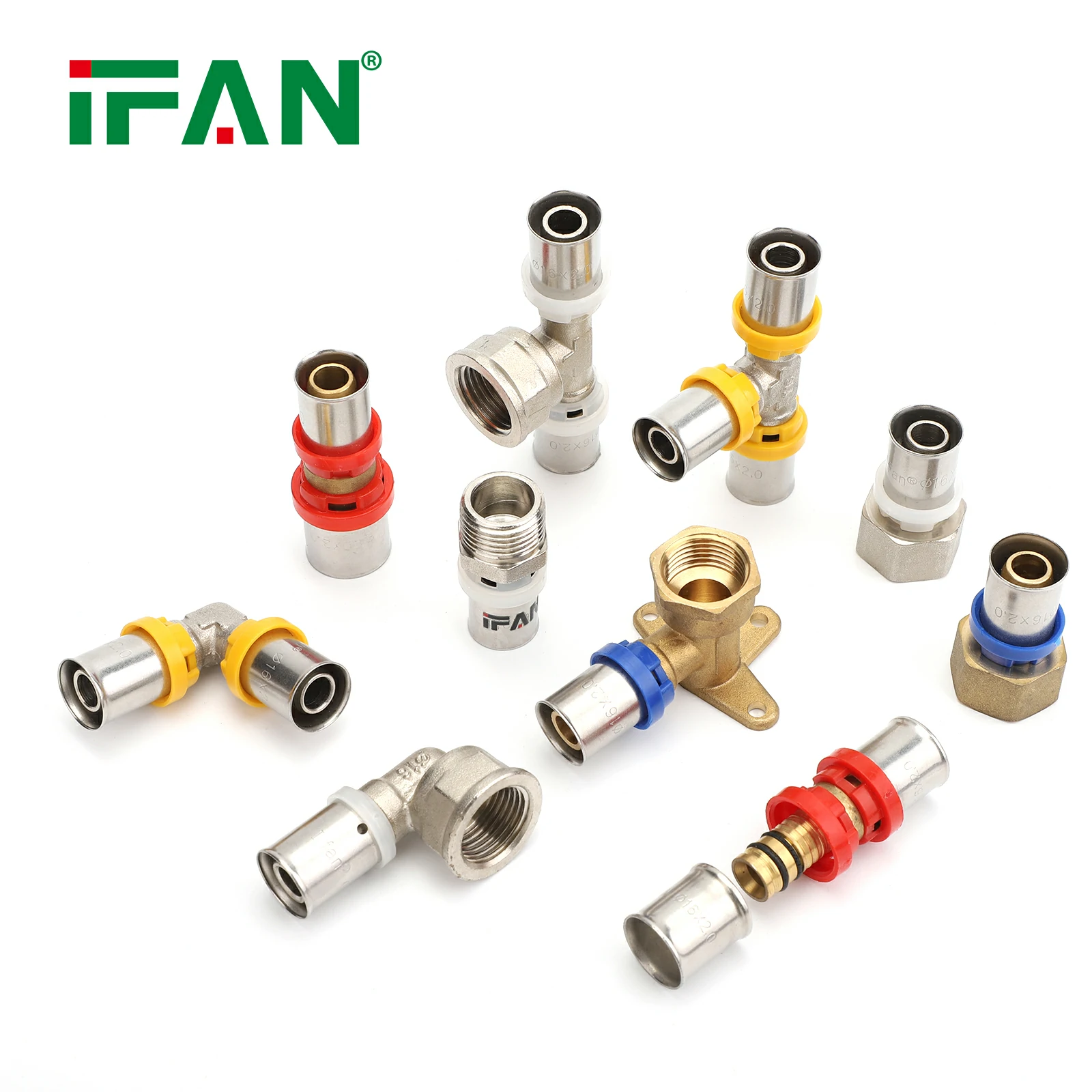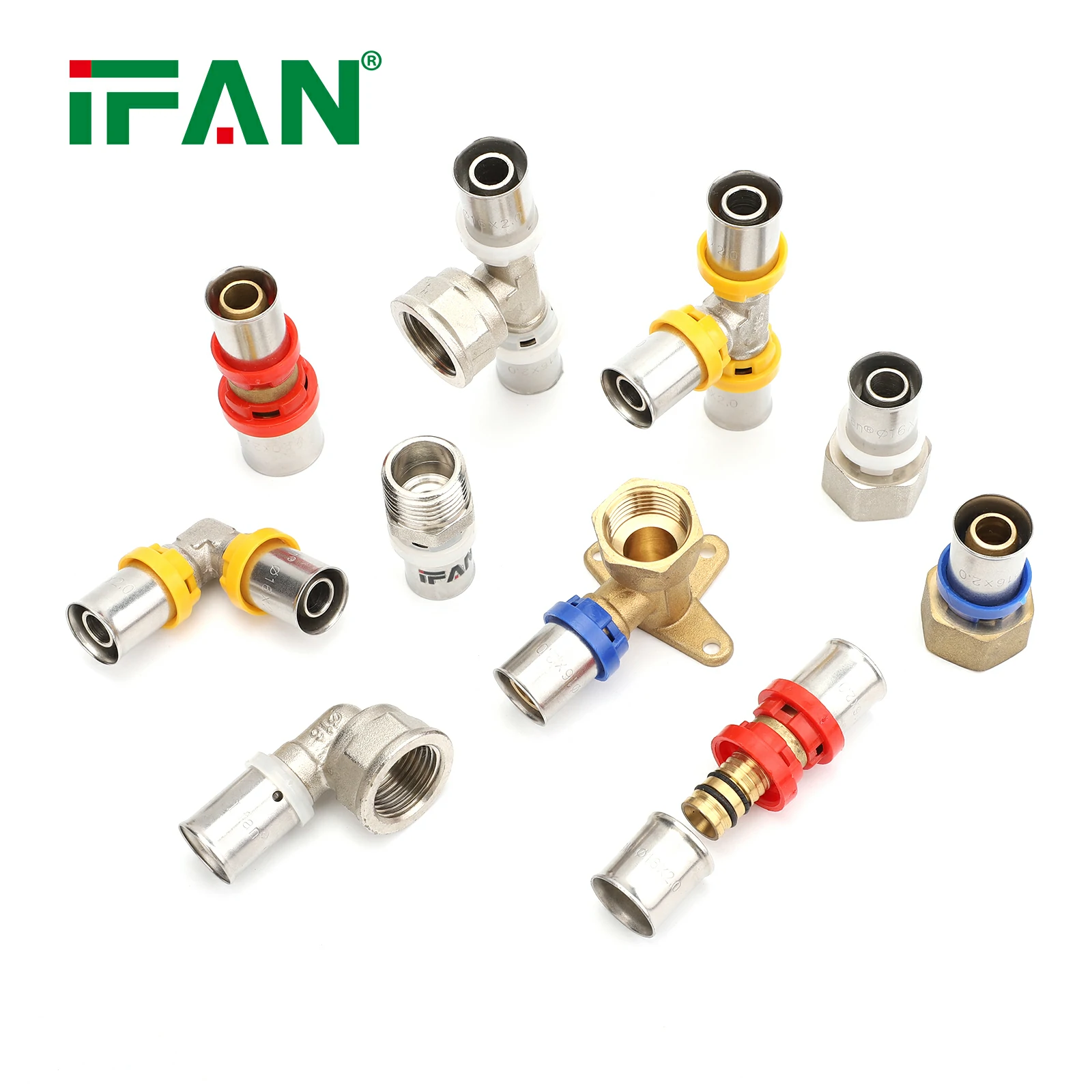Introduction
In modern plumbing and irrigation systems, the choice of piping material plays a crucial role in ensuring efficiency, durability, and cost-effectiveness. Polypropylene Random Copolymer (PP-R) pipes and cross-linked polyethylene (PEX) pipes are two popular options that cater to various applications. While PP-R pipes have been widely used for decades, the transition to PEX pipes is gaining traction due to their unique advantages. This article will explore the reasons behind the shift from PP-R pipes to PEX pipes, highlighting the benefits and considerations of both materials.
Understanding PP-R Pipes
What are PP-R Pipes?
PP-R pipes are made from polypropylene, a thermoplastic polymer known for its strength, durability, and resistance to chemical corrosion. These pipes are commonly used in hot and cold water supply systems, heating systems, and irrigation applications. Their ability to withstand high temperatures and pressures makes them a reliable choice for various plumbing needs.
Benefits of PP-R Pipes
- Chemical Resistance: PP-R pipes are highly resistant to a wide range of chemicals, making them suitable for applications where exposure to aggressive substances is a concern.
- Thermal Stability: These pipes can handle high temperatures, making them ideal for hot water applications.
- Longevity: PP-R pipes have a long lifespan, often exceeding 50 years, which reduces the need for frequent replacements.
- Low Thermal Conductivity: PP-R pipes have low thermal conductivity, which helps maintain the temperature of the water flowing through them.
- Eco-Friendly: Made from recyclable materials, PP-R pipes contribute to sustainable plumbing solutions.
Understanding PEX Pipes
What are PEX Pipes?
PEX pipes are made from cross-linked polyethylene, a type of plastic that has been chemically treated to enhance its properties. PEX pipes have gained popularity in residential and commercial plumbing systems due to their flexibility, ease of installation, and resistance to corrosion.
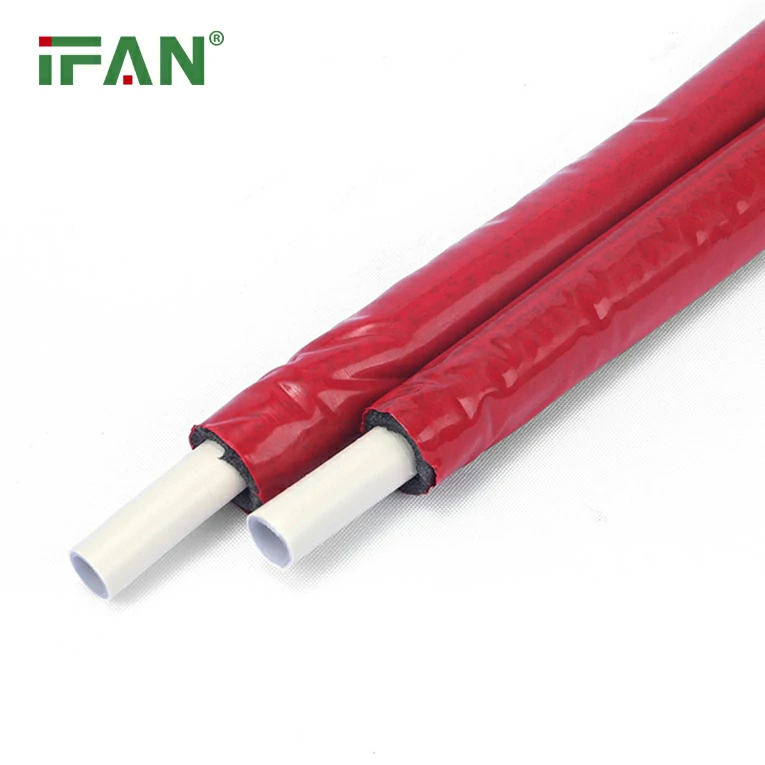
Benefits of PEX Pipes
- Flexibility: PEX pipes are highly flexible, allowing for easy installation in tight spaces and around obstacles. This flexibility reduces the need for fittings, which can be potential leak points.
- Corrosion Resistance: Unlike metal pipes, PEX is resistant to corrosion and scale buildup, ensuring a longer lifespan and better water quality.
- Thermal Insulation: PEX pipes provide excellent thermal insulation, which helps maintain water temperature and reduces energy costs.
- Cost-Effective: While the initial cost of PEX may be higher than some materials, the long-term savings from reduced maintenance and energy costs make it a cost-effective choice.
- Reduced Noise: PEX pipes are quieter than traditional metal pipes, minimizing noise from water flow, which is particularly advantageous in residential settings.
Reasons for Transitioning from PP-R to PEX Pipes
1. Installation Efficiency
The flexibility of PEX pipes allows for quicker and easier installation compared to PP-R pipes. PEX can be snaked into walls and around corners without the need for numerous fittings and joints. This reduces labor costs and installation time, making it an attractive option for contractors and homeowners alike.
2. Reduced Risk of Leaks
PEX pipes’ design minimizes the number of fittings required in a plumbing system. Fittings are common weak points where leaks can occur. By using PEX, the likelihood of leaks is significantly reduced, leading to lower maintenance costs and increased reliability.
3. Improved Freeze Resistance
PEX pipes are more resistant to freezing than PP-R pipes. When water inside PEX pipes freezes, the material can expand without breaking, whereas PP-R pipes are more susceptible to cracking under similar conditions. This property makes PEX an ideal choice for regions with harsh winter climates.
4. Cost Savings Over Time
While the initial cost of PEX may be slightly higher than PP-R, the long-term savings from reduced maintenance, lower energy costs, and fewer repairs make PEX a cost-effective choice over time. The durability and flexibility of PEX contribute to a longer lifespan and fewer issues.
5. Versatility in Applications
PEX pipes are suitable for a wide range of applications, including residential plumbing, radiant heating, and snow melting systems. Their versatility allows for greater adaptability in various projects, making them a preferred choice among contractors.
Considerations When Transitioning to PEX Pipes
1. Compatibility with Existing Systems
Before transitioning to PEX, it is crucial to assess the compatibility of PEX with existing plumbing systems. While PEX can be connected to many existing materials, specific fittings and adapters may be required to ensure a secure and leak-free connection.
2. Local Codes and Regulations
Different regions have varying plumbing codes and regulations regarding the use of PEX pipes. It is essential to consult local building codes to ensure compliance before making the switch.
3. Cost of Transition
While PEX pipes may offer long-term savings, the initial investment in materials and installation can be higher than that of PP-R pipes. Budget considerations should be taken into account when planning the transition.
4. Training and Knowledge
Contractors and installers may require training to become familiar with PEX installation techniques and materials. Ensuring that the installation team is knowledgeable about PEX will help facilitate a smooth transition.
How to Successfully Transition from PP-R to PEX Pipes
1. Assess Your Plumbing Needs
Before making the transition, evaluate your plumbing needs and determine if PEX is the right choice for your specific application. Consider factors such as the size of the project, budget, and local climate conditions.
2. Plan the Transition
Develop a detailed plan for the transition, including timelines, budget estimates, and a list of necessary materials. Ensure that all stakeholders, including contractors and homeowners, are on the same page regarding the transition process.
3. Hire Qualified Professionals
Engaging qualified professionals with experience in PEX installation is crucial for a successful transition. Their expertise will help ensure that the new piping system is installed correctly and efficiently.
4. Monitor the Installation
During the installation process, monitor the work to ensure that it meets quality standards and adheres to local plumbing codes. Address any issues or concerns promptly to avoid complications later on.
5. Test the System
After installation, conduct thorough testing of the new PEX pipe system to ensure there are no leaks and that it operates efficiently. This step is essential for identifying potential issues before they become major problems.
Conclusion
The transition from PP-R pipes to PEX pipes presents numerous advantages, including improved installation efficiency, reduced risk of leaks, enhanced freeze resistance, and long-term cost savings. While there are considerations to keep in mind, such as compatibility and local regulations, the benefits of PEX make it an attractive option for modern plumbing systems. By carefully planning the transition and engaging qualified professionals, homeowners and contractors can ensure a smooth and successful shift to PEX piping.
Frequently Asked Questions (FAQs)
1. What are the main advantages of PEX pipes over PP-R pipes?
PEX pipes offer greater flexibility, reduced risk of leaks, improved freeze resistance, and long-term cost savings compared to PP-R pipes.
2. Can PEX pipes be used with existing PP-R plumbing systems?
Yes, PEX pipes can be connected to existing PP-R plumbing systems using appropriate fittings and adapters.
3. Are there any specific regulations regarding the use of PEX pipes?
Yes, local building codes and regulations may vary regarding the use of PEX pipes. It is essential to consult these regulations before installation.
4. How long do PEX pipes typically last?
PEX pipes have a lifespan of 25 to 50 years, depending on installation conditions and maintenance.
5. Is the installation of PEX pipes more complicated than PP-R pipes?
While the installation of PEX pipes is generally easier due to their flexibility, it may require specific knowledge and training. Hiring qualified professionals is recommended for the best results.

